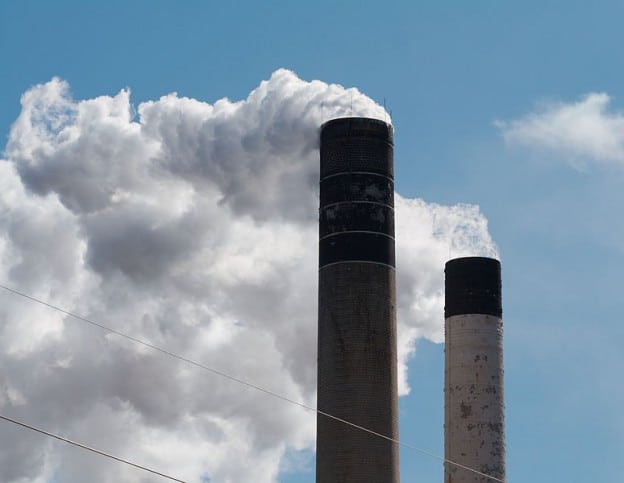EPA Retains Soot Standards; Drastic PM Reductions Already Achieved, Industry Says
The post EPA Retains Soot Standards; Drastic PM Reductions Already Achieved, Industry Says appeared first on POWER Magazine.

In a significant but controversial final action, the Environmental Protection Agency (EPA) on Dec. 7 retained its existing National Ambient Air Quality Standards (NAAQS) for both fine and coarse particulate matter (PM2.5 and PM10).
While the EPA said the decision came “after careful review and consideration of the most recent available scientific evidence and technical information, consultation with the agency’s independent scientific advisors, and consideration of more than 60,000 public comments on the proposal,” environmental groups largely viewed the action as a dereliction of the agency’s regulatory duty.
The power sector, meanwhile, supported the measure, underscoring its success at slashing PM and precursor air pollutant emissions and pointing to future reductions from electrification of the transportation and industrial sectors.
Why the Final Action Is Notable
Fine particles (PM2.5), which are 2.5 micrometers in diameter and smaller, are emitted by a variety of sources, including smokestacks, vehicles, and fires, but they also form when gases emitted by power plants, other industrial processes, and gasoline and diesel engines react in the atmosphere.…